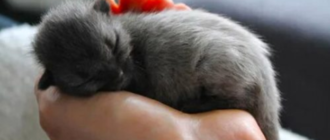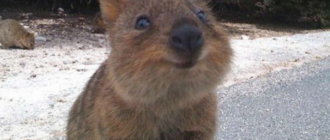A baby mammoth that lived more than 30,000 years ago has been discovered in Yukon, Canada , and experts say it’s “the most comprehensive discovery” ever made in North America.

The young specimen, named “Nun cho ga,” meaning “big baby animal” in the Hän language, was frozen in permafrost, resulting in its remains being mummified in very good condition. The baby mammoth was found by miners working in the Klondike goldfields in Trʼondëk Hwëchʼin traditional territory, and images of the remains show its skin still intact and bits of hair still clinging to the body.
Further analysis revealed the baby was female and lived alongside wild horses, cave lions and giant steppe bison that roamed the Yukon thousands of years ago. Tourism and Culture Minister Ranj Pillai said, “Yukon has always been a world-renowned region for Ice Age research. Without the strong partnerships between the placer miners, the Trʼondëk Hwëchʼin and the Government of Yukon, discoveries like this could not happen. »

Nun cho ga is positioned on his side with his front and hind legs crossed and his eyes are closed. Its once muscular trunk is now limp, its body is sunken, and its hooves still show grooves from wear. The experts, however, were delighted to see how intact this specimen is.
Paleontologist Grant Zazula said in a statement: “As an Ice Age paleontologist, I have always dreamed of coming face to face with a real woolly mammoth. This dream has come true today. Nun cho ga is stunning and one of the most incredible Ice Age mummified animals ever discovered anywhere in the world. I look forward to getting to know her more”.

Mammoths settled in the Yukon 5,000 years ago
Experts quickly determined that the young specimen was about the same size as the 42,000-year-old Lyuba woolly mammoth mummy, discovered in Siberia in 2007. Woolly mammoths are known to have roamed the Yukon, but research conducted in 2021 show that they only settled in the area 5,000 years ago.
To reach this surprising conclusion, the scientists took 30,000 years of DNA from past environments in the permafrost, which they then studied to learn more, including that of the woolly mammoth.










